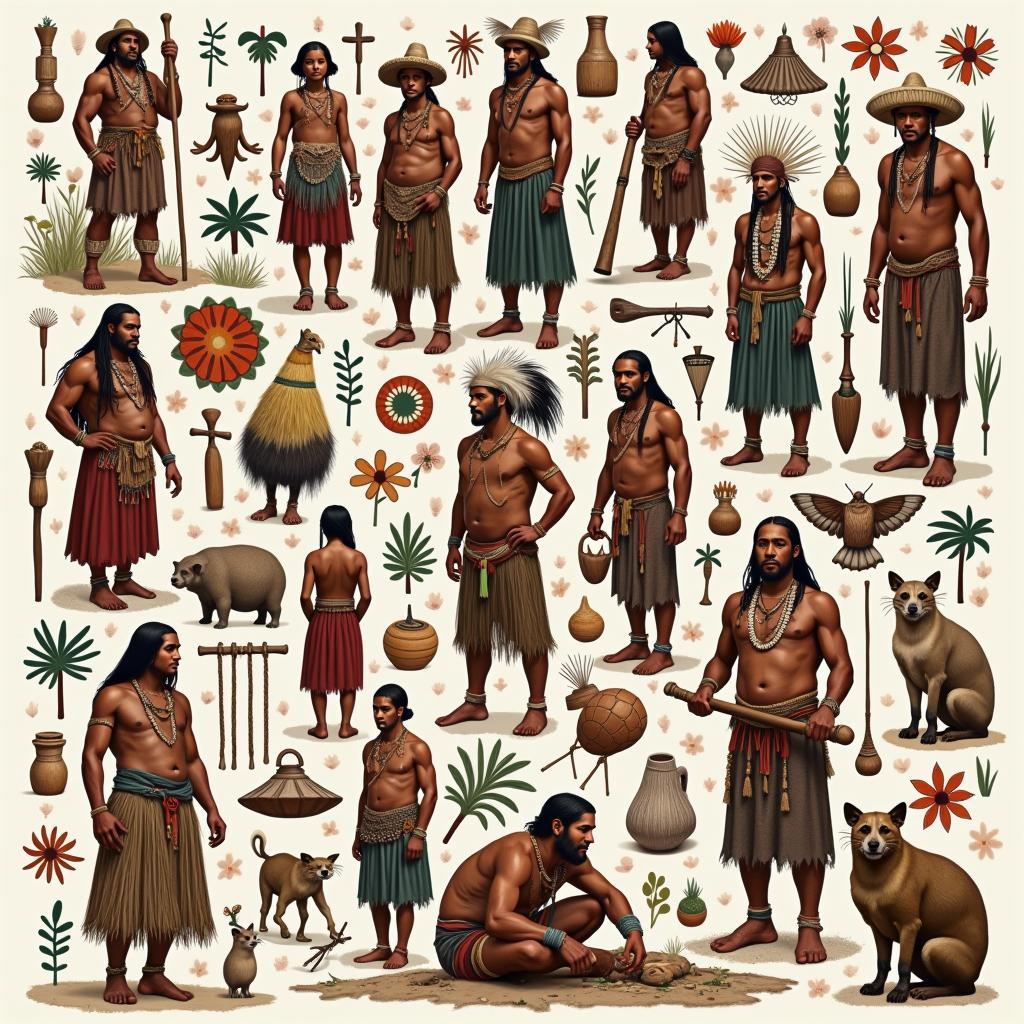The IELTS Reading section is a crucial part of the IELTS test that evaluates your ability to understand written English. One common topic that has surfaced in past IELTS exams is the “Cultural Heritage of Indigenous Communities.” Given the growing global interest in preserving indigenous cultures, it’s likely this topic will appear in future exams. Understanding how to navigate texts on this subject can provide a considerable advantage.
Reading Practice Test: Cultural Heritage of Indigenous Communities
Passage
The cultural heritage of indigenous communities is a rich and diverse tapestry that offers invaluable insights into ancient ways of life, traditions, and philosophies. These communities, often isolated from modern influences, have conserved customs, languages, and rituals that form the bedrock of their identities. However, such heritage faces numerous challenges, including globalization, climate change, and political strife. This passage delves into the critical aspects of preserving the cultural heritage of indigenous communities, the threats they face, and the efforts made globally to safeguard these treasures.

Traditional knowledge, encompassing everything from agricultural practices to medicinal remedies, is a cornerstone of indigenous cultural heritage. In many parts of the world, the transmission of this knowledge occurs orally, passed down through generations. This oral history acts as a living library, offering sustainable ways of living that are in harmony with the environment. For instance, the Aboriginal tribes of Australia have detailed knowledge of local flora and fauna that has been developed over millennia.
However, the intrusion of external forces such as global media, economic exploitation, and climate change has jeopardized this fragile heritage. Modernization often comes at a steep cost; gentrification and urban development frequently lead to the displacement of indigenous communities, severing the transmission of cultural practices and leading to the erosion of traditional knowledge. Climate change poses another existential threat by disrupting the ecosystems that these communities rely on, thus destabilizing their way of life.
Global efforts to preserve indigenous cultural heritage are multifaceted. Organizations such as UNESCO have launched initiatives aimed at recognizing and celebrating indigenous cultures through World Heritage Sites. Similarly, movements advocating for the political and land rights of indigenous people are gaining traction, helping to protect their cultural landscapes. Education plays a pivotal role too, as increasing awareness about the value of indigenous cultures can foster a sense of responsibility and respect towards their preservation.
In conclusion, preserving the cultural heritage of indigenous communities is not merely an act of historical conservation but a crucial step towards sustaining the diversity and richness of human civilization. It requires collective efforts from global organizations, governments, and local communities to ensure these invaluable heritages are passed down to future generations.
Questions
Multiple Choice
- According to the passage, why is traditional knowledge considered valuable?
a) It offers modern economic benefits.
b) It is a cornerstone of technological advancement.
c) It offers sustainable ways of living in harmony with the environment.
d) It is easy to document and preserve. - What are some of the threats faced by indigenous cultural heritage as mentioned in the passage?
a) Economic stability and agricultural development.
b) Global media and economic exploitation.
c) Political stability and technological advancement.
d) Increased urbanization and climate change.
True/False/Not Given
- The Aboriginal tribes of Australia have recently started documenting their traditional knowledge.
- Globalization has had solely positive impacts on the preservation of indigenous cultures.
Matching Information
- Match the following statements with the correct paragraph:
a) Describes traditional knowledge and its significance.
b) Discusses global efforts and initiatives for preservation.
c) Highlights the challenges posed by external forces.
Answer Key
Multiple Choice
- c) It offers sustainable ways of living in harmony with the environment.
- d) Increased urbanization and climate change.
True/False/Not Given
- Not Given
- False
Matching Information
-
- a) Paragraph 2
- b) Paragraph 4
- c) Paragraph 3
Common Mistakes to Avoid
- Misinterpreting Examples: Ensure that you understand that examples given in the passage, like that of Aboriginal tribes, are used to illustrate bigger points.
- Generalization: Avoid overgeneralizing the impacts of globalization and climate change. Focus on how they specifically affect indigenous communities.
- Confusing Key Terms: Pay attention to terms like “globalization,” “gentrification,” and “oral history.” Understanding these concepts is vital for answering correctly.
Vocabulary Highlights
- Tapestry /ˈtæpəsɪ/: (noun) A complex combination or mixture of things.
- Conservation /ˌkɒnsəˈveɪʃən/: (noun) The act of preserving, protecting, or restoring something.
- Sustainable /səˈsteɪnəbl/: (adjective) Able to be maintained at a certain rate or level.
Grammar Points
- Relative Clauses:
- Example: “Traditional knowledge, which encompasses everything from agricultural practices to medicinal remedies, is a cornerstone…”
- Explanation: Relative clauses provide additional information about the nouns they modify.
- Passive Voice:
- Example: “Education plays a pivotal role too, as increasing awareness about the value of indigenous cultures can be fostered.”
- Explanation: Passive voice is useful for emphasizing actions and processes rather than who is performing them.
Conclusion
Understanding the cultural heritage of indigenous communities not only enriches your knowledge but also equips you with the necessary skills to excel in the IELTS Reading section. Practice regularly and pay attention to recurring themes to master this part of the exam.
[Link to related article on the cultural impacts of language preservation: Cultural Impacts of Language Preservation (https://www.ielts.net/cultural-impacts-of-language-preservation/).]
By focusing on this topic, you not only prepare for the IELTS exam but also gain a deeper appreciation for the diversity and richness of human culture. Happy studying!